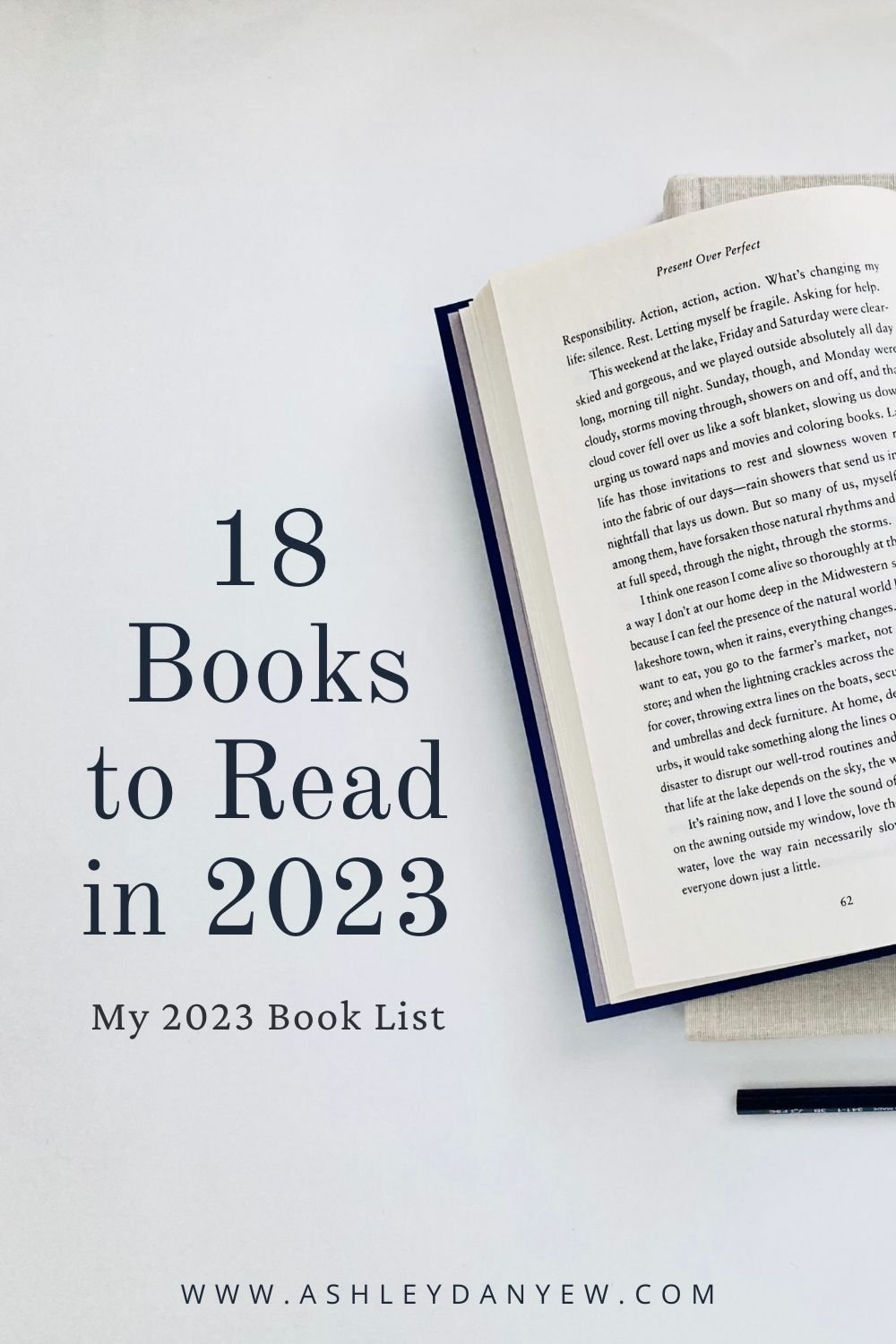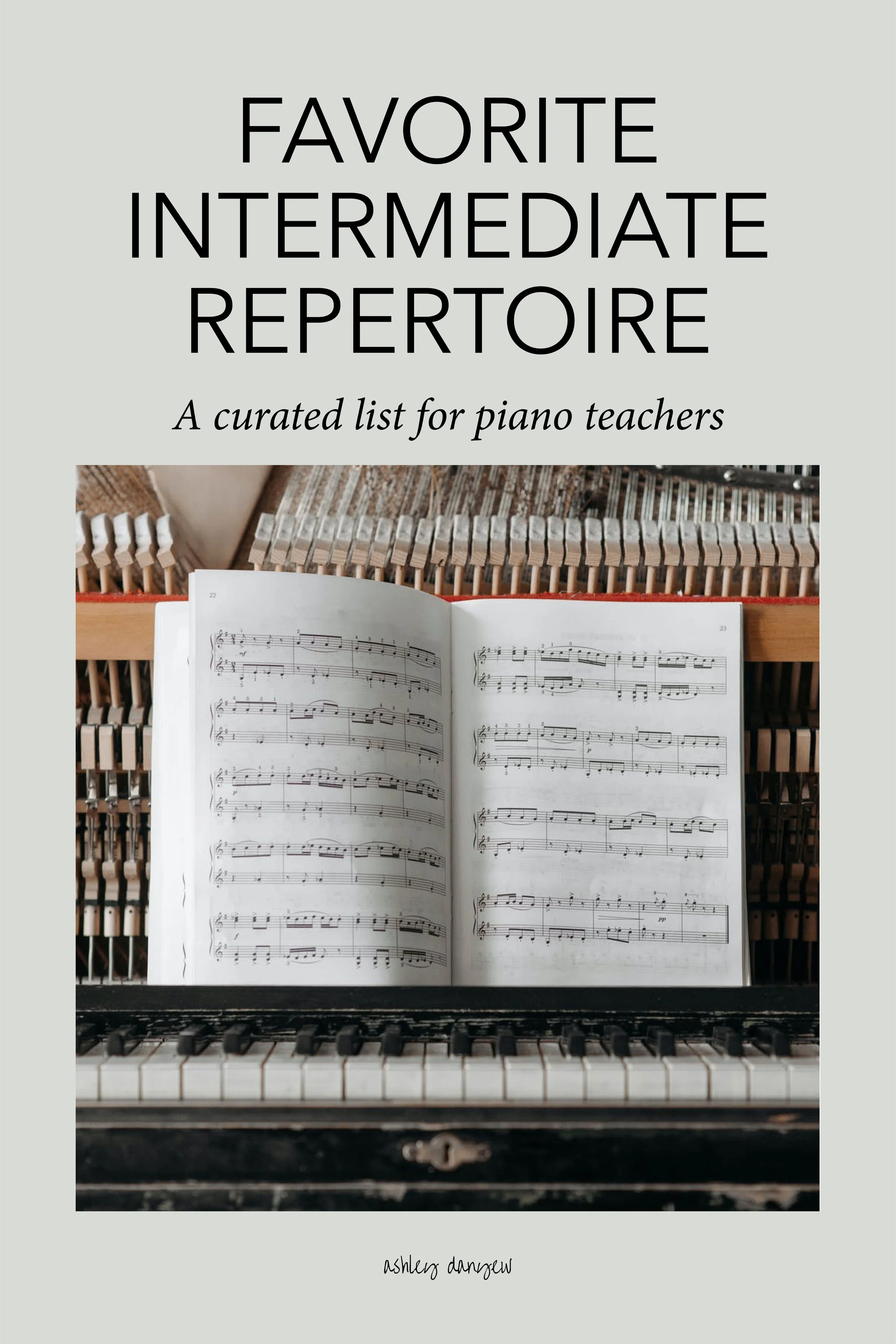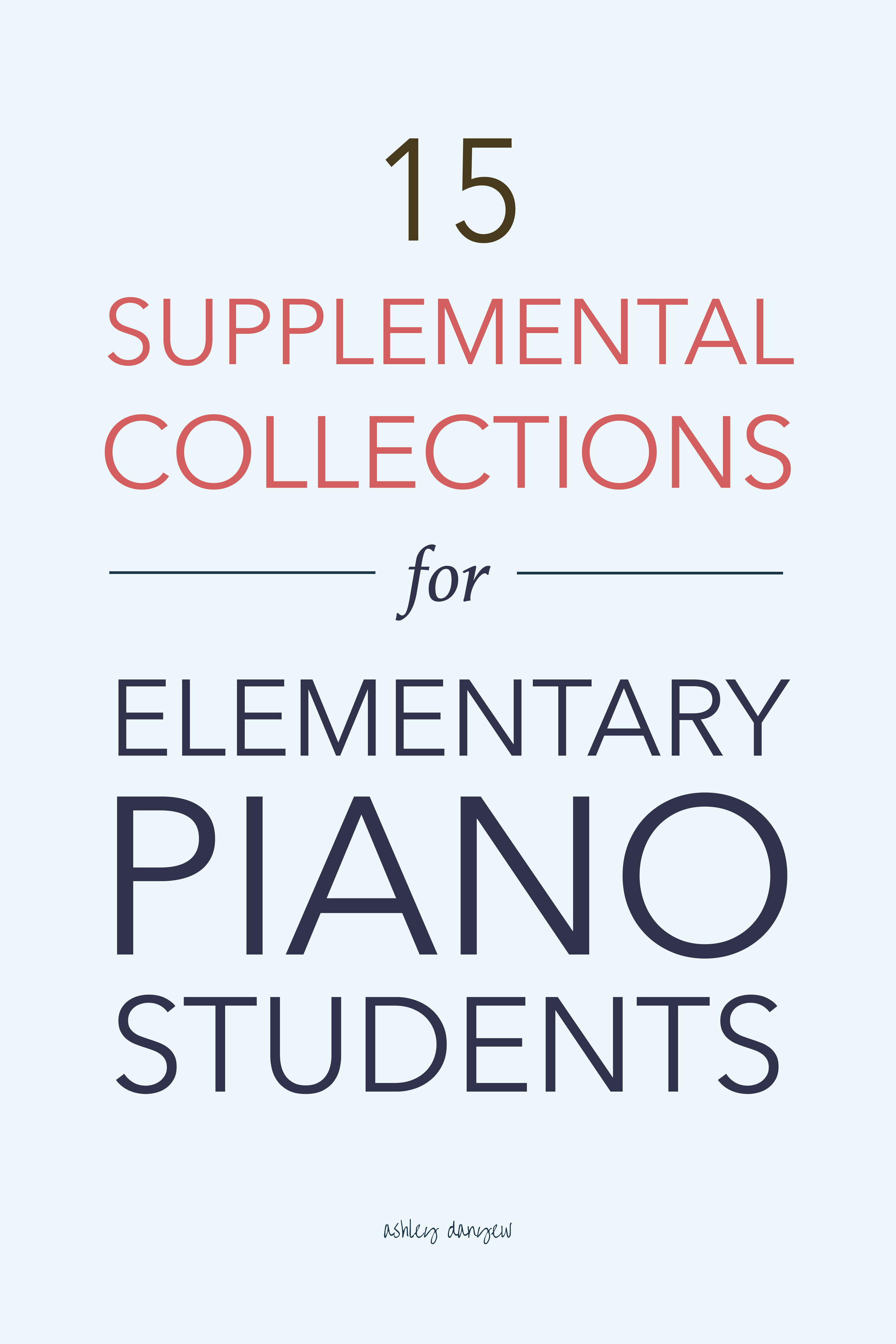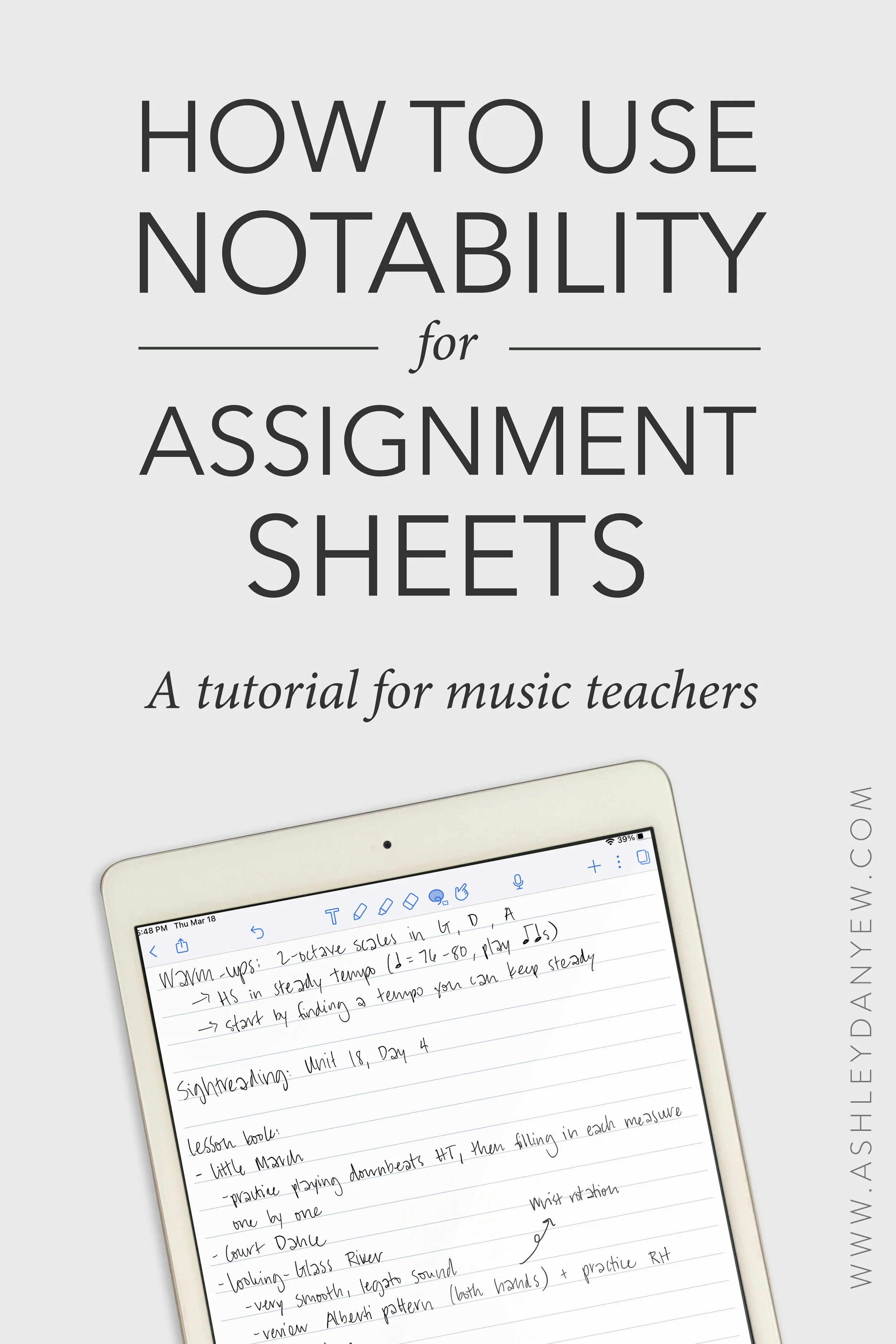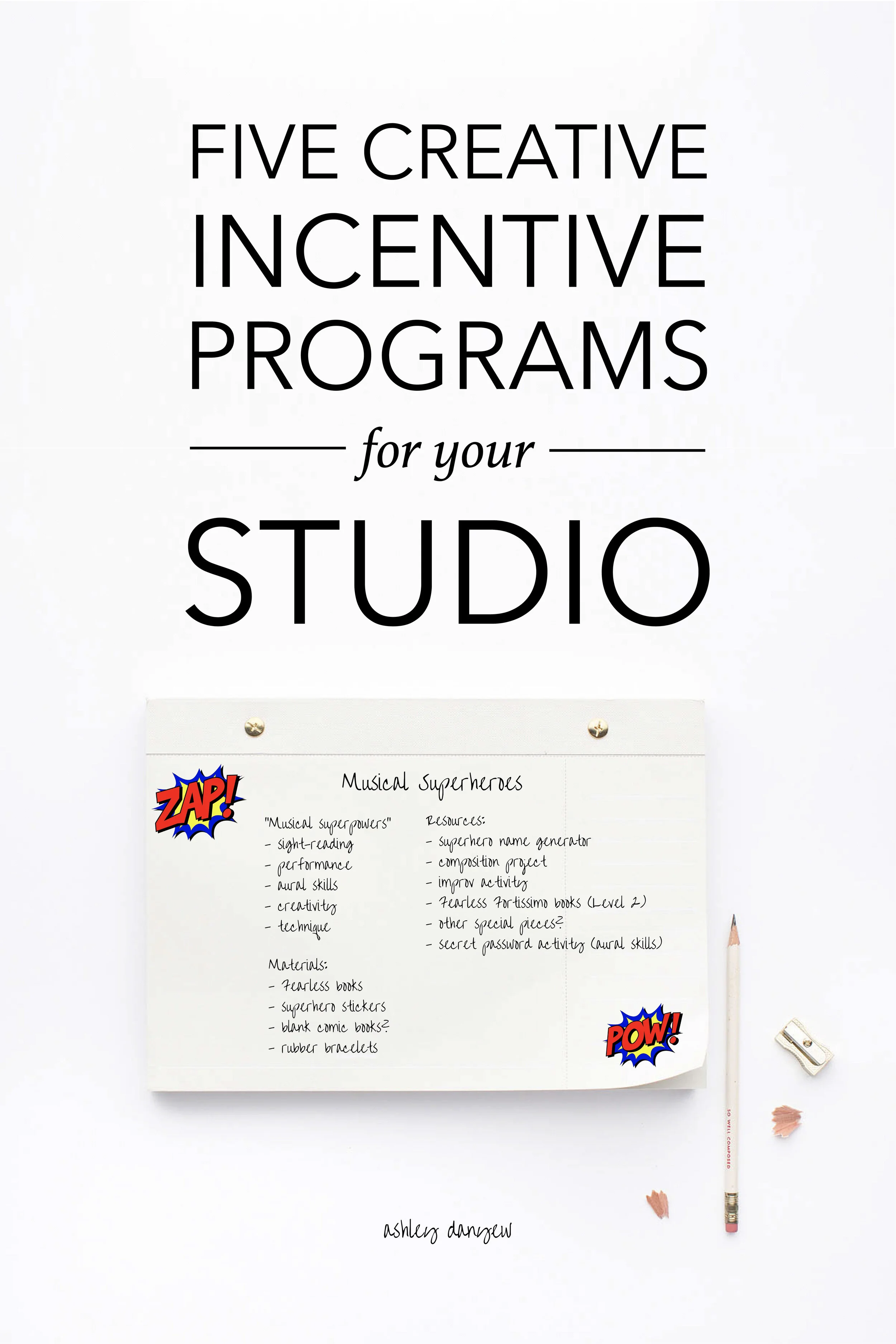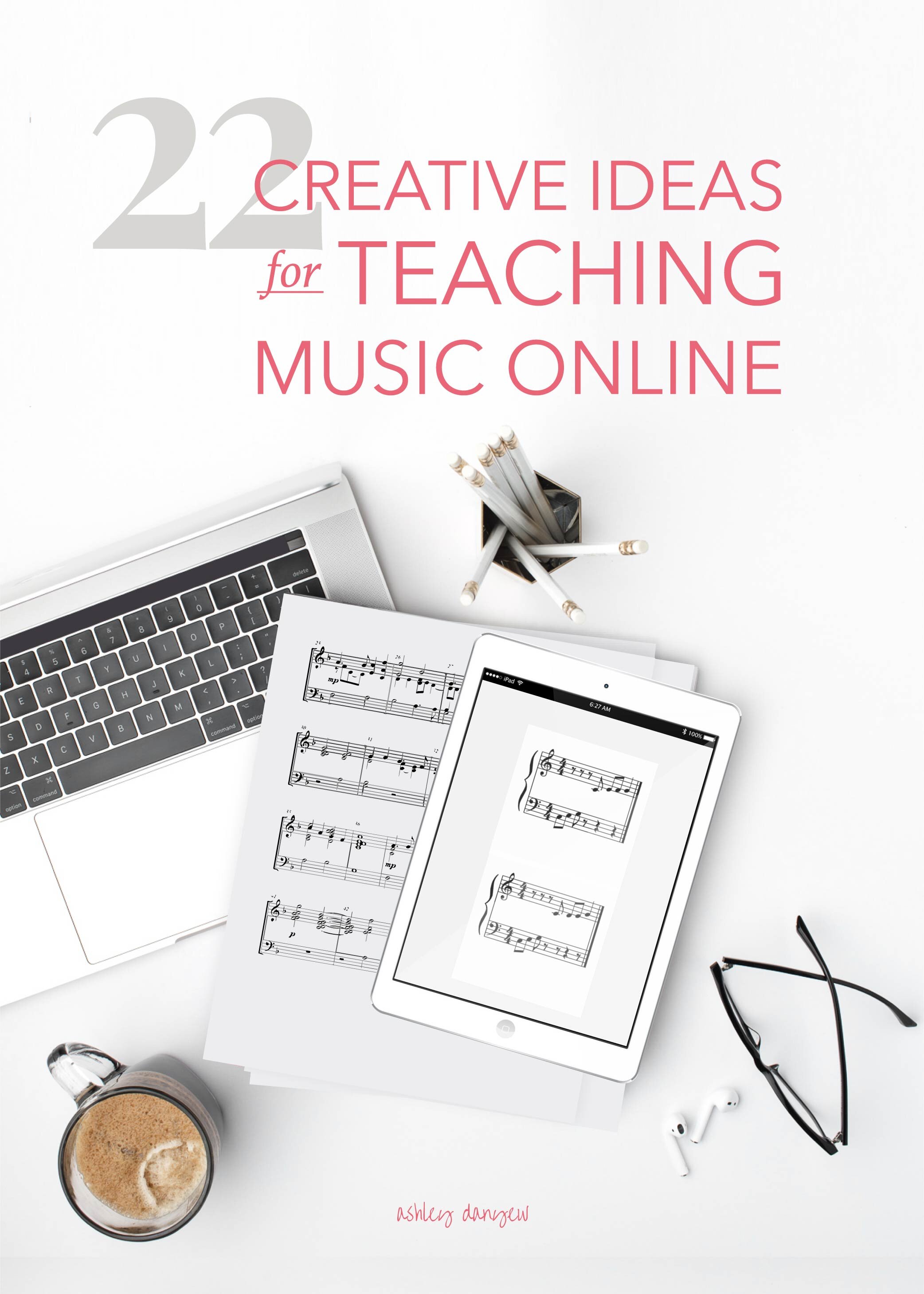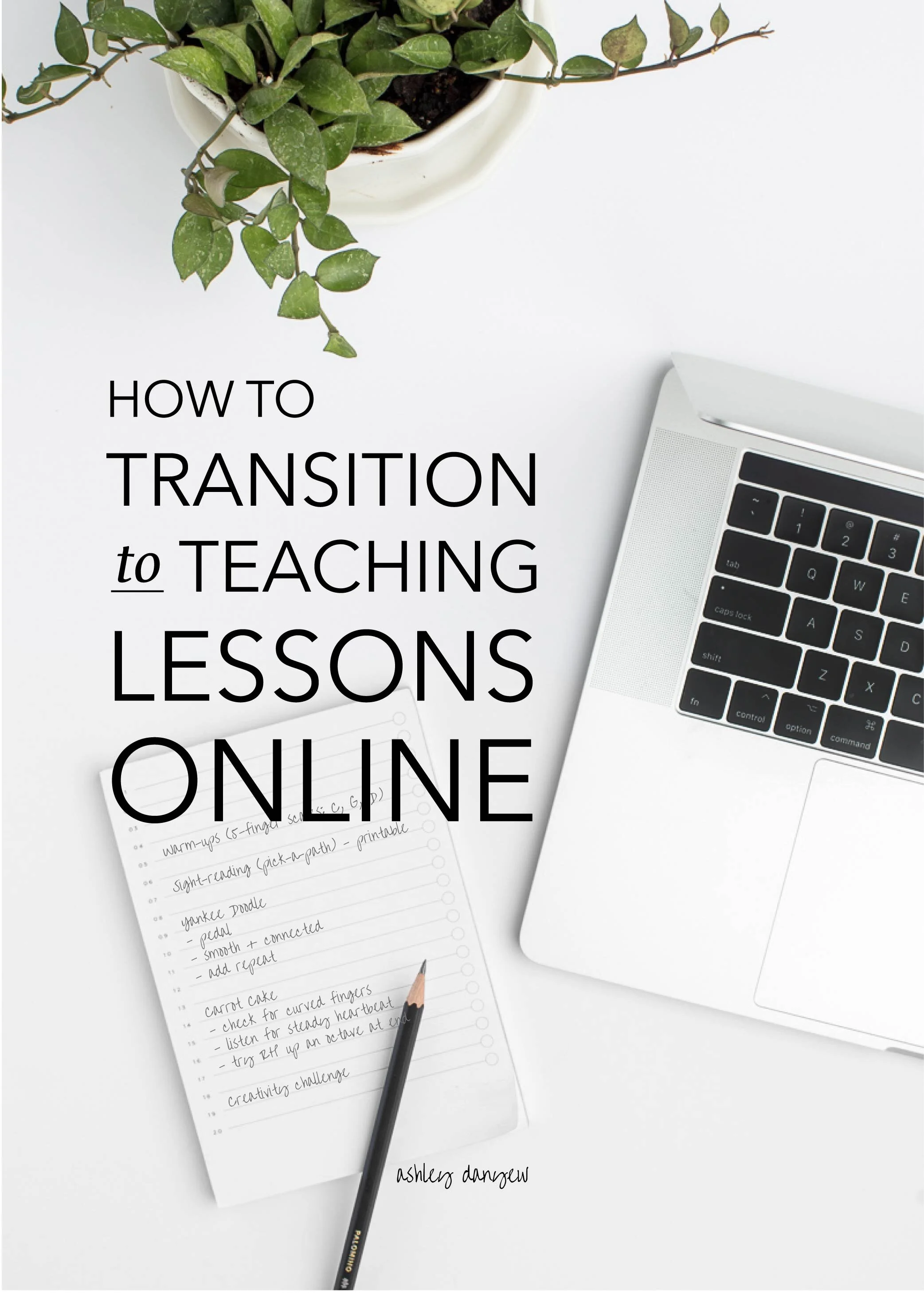*Disclosure: I get commissions for purchases made through links in this post.
I am learning so much about the nature of boys from my piano lessons with seven-year-old Matthew.
At first, it may seem to an observer that Matthew is easily distracted, often outspoken, and possibly disinterested in piano. However, after several weeks of lessons, I see the situation a little differently.
Tonight, I introduced the slur (Unit 3 of Time to Begin from the Music Tree Series).
“Do you know what this curved line means?” I asked.
“No!” said Matthew, boldly.
“It means to play things smoothly – like this,” I said as I demonstrated a connected melody.
Wiggling on the bench next to me, Matthew instantly began playing loudly in the bass register of the piano, cutting off my more delicate melody. Instead of stopping him or suggesting that his playing was loud or interruptive, I let him play.
I recognized after just a second of hearing him play that he was experiencing this new concept of smooth playing. He heard me define and demonstrate it – now he needed to experience it. Imagine the learning that would not have taken place had I cut him off abruptly!
“Can you demonstrate something that is not smooth and connected?” I prodded.
Relating a new concept to what it is not is always helpful in the learning process. Instantly, Matthew began playing – with both hands.
“What do you call that?” I asked.
I wanted to encourage him to name this opposite style himself rather than me enforcing a foreign name such as “staccato.”
“Crime,” he said with big eyes.
“I guess it might sound like crime,” I responded. You can never expect the path that true imagination takes!
“We could call it disconnected or – popcorn!” I said, catching myself introducing a foreign word.
Seven-year-olds can relate to popcorn, though this analogy still required a demonstration before he agreed. Once Matthew understood the concept of the slur and experienced what it felt like to play in a smooth and connected style, the next few pieces came easily.
I have also learned that Matthew loves rhythm and it comes very naturally to him. To encourage rhythm study in lessons, I created a series of rhythm pattern cards in triple and duple meter. I let Matthew choose 8-12 cards each week to arrange in any order.
Tonight, he was confident enough in his rhythm reading that he performed a series of four patterns while I read a contrasting series of four patterns. This is his favorite way to end our lessons each week!








